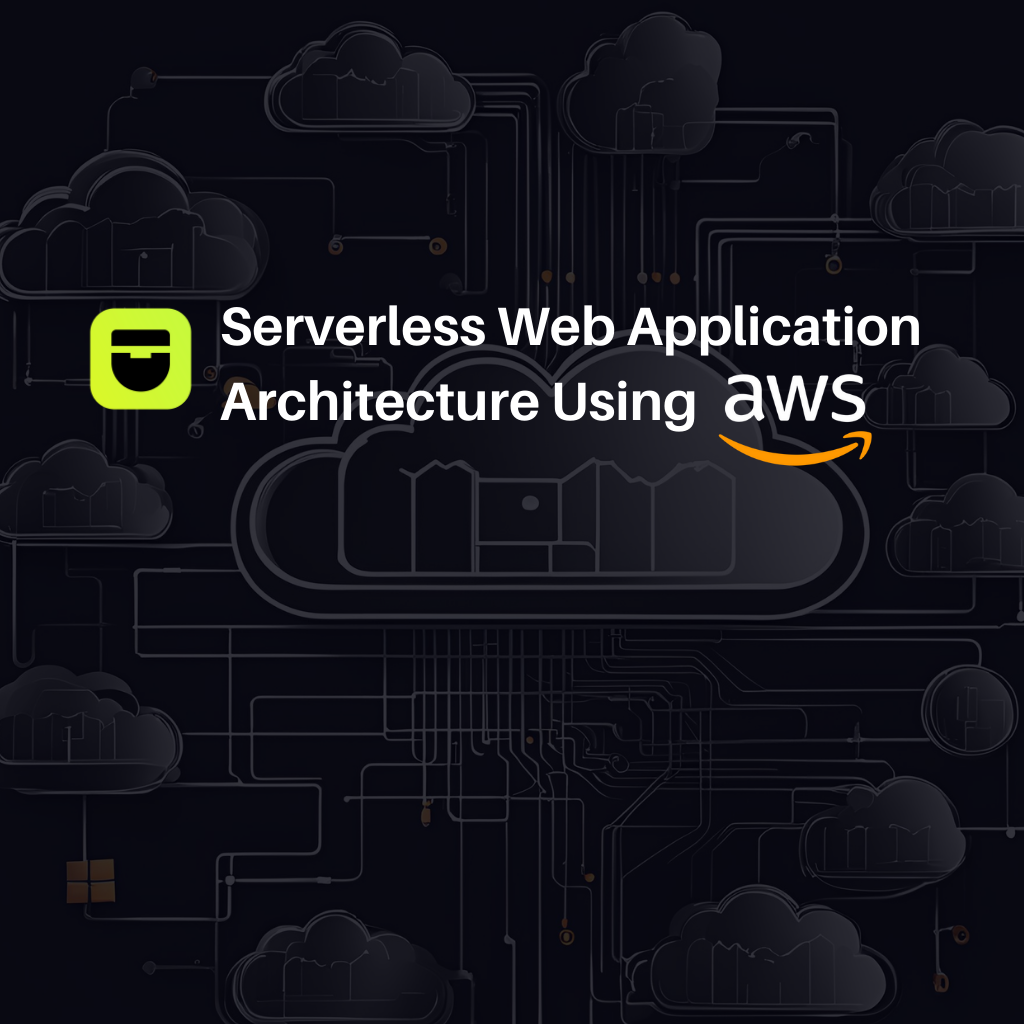
Serverless Web Application Architecture Using AWS
Project Overview:
The customer, an American multinational manufacturing company, sought to build a highly scalable, secure, and cost-effective serverless web application. They wanted a solution that could efficiently handle dynamic API-driven functionalities while ensuring a seamless user experience. In addition, their core requirements included robust backend services, high availability, and low operational overhead.
Challenges:
The primary challenges included:
Designing a solution capable of handling dynamic API requests with backend business logic.
Ensuring data persistence and reliability.
Managing scalability for both frontend static content and backend APIs with minimal operational complexity.
Optimizing cost while maintaining high performance and security.
Proposed Solution & Architecture:
Unified Techs led the development of a fully serverless web application architecture on Amazon Web Services (AWS) to deliver a highly scalable, secure, and cost-effective solution for a web-based event management platform (learn more about serverless computing). As a result, the architecture handles high traffic loads while maintaining fast response times and data integrity.
Architecture:
Architecture Components:
Amazon Route 53: Resolves incoming DNS requests and routes them to AWS CloudFront, ensuring highly available and reliable domain name resolution.
Amazon S3: Hosts the static website content, including HTML, CSS, and JavaScript for the Single Page Application (SPA). In addition, CloudFront caches these static assets at edge locations, ensuring quick and efficient delivery.
AWS CloudFront: Serves as the global content delivery network (CDN), distributing both static and dynamic content from edge locations. It improves performance for geographically distributed users by caching content closer to them, reducing latency, and providing SSL termination for secure traffic.
Amazon API Gateway: Provides the API layer, handling HTTP requests and routing them to the appropriate AWS Lambda functions. Moreover, CloudFront caches API responses, improving performance and reducing the load on API Gateway.
AWS Lambda: Processes backend business logic in a fully serverless manner. Each Lambda function operates with least-privileged access using IAM roles, which strengthens security.
Amazon RDS (PostgreSQL): Serves as the persistent data storage layer, storing event and user data with high durability and scalability.
AWS X-Ray (Distributed Tracing): Enables tracing requests across the architecture, helping the team troubleshoot backend API issues and optimize performance.
API Logging & Throttling: API Gateway throttles requests to manage traffic spikes. Logs are efficiently captured, with logging levels controlled dynamically via environment variables.
Key Enhancements:
Security: Lambda functions run with least-privileged access, adhering to best practices. CloudFront adds SSL termination and integrates with AWS security services for additional protection.
Performance Optimization: CloudFront’s global edge locations ensure quick response times for both static and dynamic content. Therefore, caching API responses reduces the load on API Gateway and backend services.
Cost Optimization: The serverless design, combined with CloudFront caching and dynamic scaling, ensures costs align with actual usage.
Troubleshooting: AWS X-Ray delivers distributed tracing, which helps quickly identify and resolve performance bottlenecks or failures.
Conclusion:
By leveraging a serverless architecture with AWS CloudFront, Lambda, API Gateway, and S3, the solution delivers scalability, security, and cost-efficiency. In addition, global caching via CloudFront improves performance for distributed users, while serverless technologies minimize operational overhead. Therefore, the architecture remains highly adaptable to variable traffic loads and future growth.

